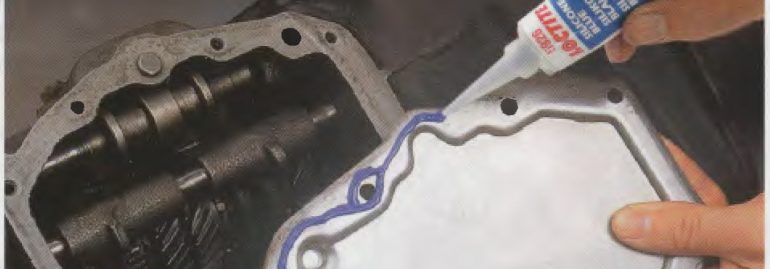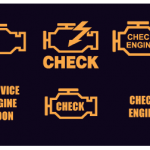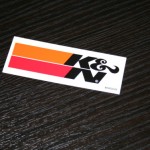A comparison between compression gaskets and liquid gaskets.
The function of any car gasket is to ensure the safety of expensive parts and to make sure various parts run smoothly. If breaks and leaks are detected in any of these car gaskets, they need to be replaced immediately to keep the engine running effectively. For successful gasketing, the seal must remain intact and leak-free over a long period of time. The gasket must be resistant to fluids and/or gases, and withstand the operating temperatures and pressures to which it is subjected. There are generally two different gasketing techniques: pre-cut compression gasketing and liquid gasketing.
TRADITIONAL COMPRESSION GASKETING AND ITS DISADVANTAGES
Conventional compression gasketing uses gaskets that are made from paper, steel, leather, cork, plastic and even rubber. However, the disadvantages of compression gasketing are also well known which often cause failure and leakage after period of time. These are:
- Gasket displacement: A compression gasket can be squeezed out due to a combination of low compression load and vibration or high internal pressure
- Gasket relaxation and creep: Over time, compression gaskets relax under dynamic loads and decrease in thickness, with subsequent loss of bolt tension in the flange joint resulting in leakage
- Surface irregularities: Compression gaskets do not provide total contact between the gasket and the flange surfaces due to surface irregularities, therefore minor leakages may occur
- Flange bowing: Bolt tension in combination with a compression gasket tends to create flange bowing, albeit to varying degrees, depending on the bolt Bowing is mainly observed in flexible flanges (metal sheet covers) and results in low compression or even a gap opening mid-way between two bolts
- Flange deformation: Differential thermal expansion of flanges made from different materials increases flange bowing. Deformation results in gap formation and leakage
LIQUID GASKETS AND THEIR CURING METHODS
Liquid gaskets are “formed-in-place” (FIP) and “cured-in-place” (CIP) gaskets: formed by application of a liquid sealant. When the parts are assembled, the sealant spreads between the flanges and fills all voids (surface roughness and imperfections) to provide total contact. It cures to form a durable seal with adhesion to both flange surfaces.
LOCTITE innovative gasketing products are self-forming gaskets that provide a perfect seal between components, with maximum face-to-face contact, eliminating flange face corrosion. A low pressure seal is formed immediately on assembly and, at full cure, it provides a seal that won’t shrink, crack or relax.
LOCTITE gasket and flange sealants can provide up to 95 per cent material savings over hard gaskets while offering flexibility in design, allowing for lower cost manufacturing methods.
The most widely used liquid gaskets in the vehicle repair and maintenance are anaerobic, silicone and solvent-based gasketing products.
LOCTITE anaerobic gasket stays liquid in contact with oxygen and cures to a solid thermoset plastic in the absence of air whilst in contact with a metal surface.
LOCTITE silicone gasket cures with atmospheric moisture releasing by-products while forming a flexible elastomer.
LOCTITE solvent-based gasket sealants are usually non-hardening resinous type gaskets that can also provide both flange sealing and gasket dressing on mating faces and thread sealing in threaded assemblies.
Henkel’s LOCTITE products have been reliably solving automotive maintenance and repair needs for over 50 years. Many mechanical professionals have been enjoying LOCTITE innovative liquid gasketing products for years and have found the following advantages:
- Single-component- easy and clean to apply
- Replace conventional gaskets – reduce inventory
- No need for retorquing
- High resistance to solvents
- Cure to a durable seal with adhesion to both flange surfaces
- Resist high pressure when fully cured
- Fill all voids -for example, surface roughness and imperfections
- Eliminate flange face corrosion






